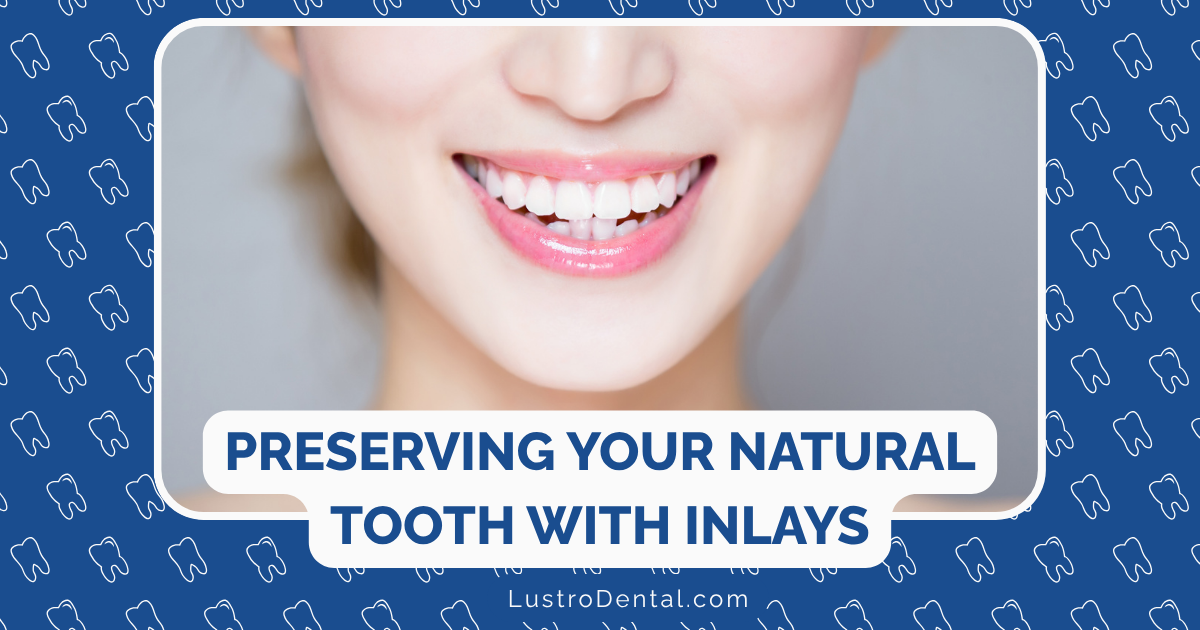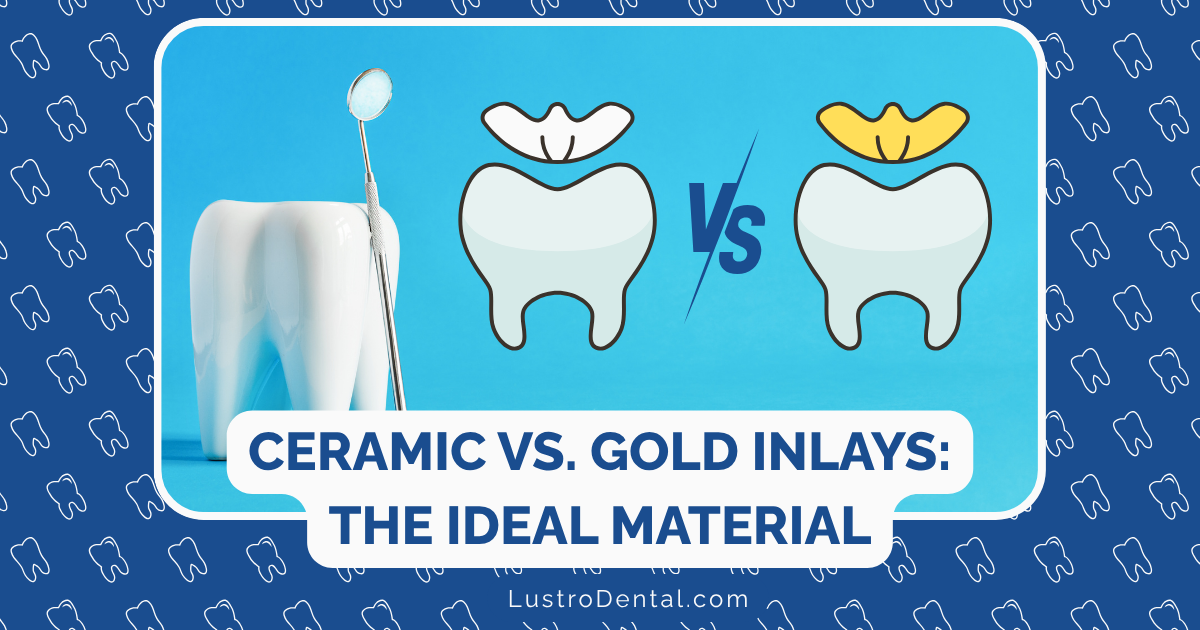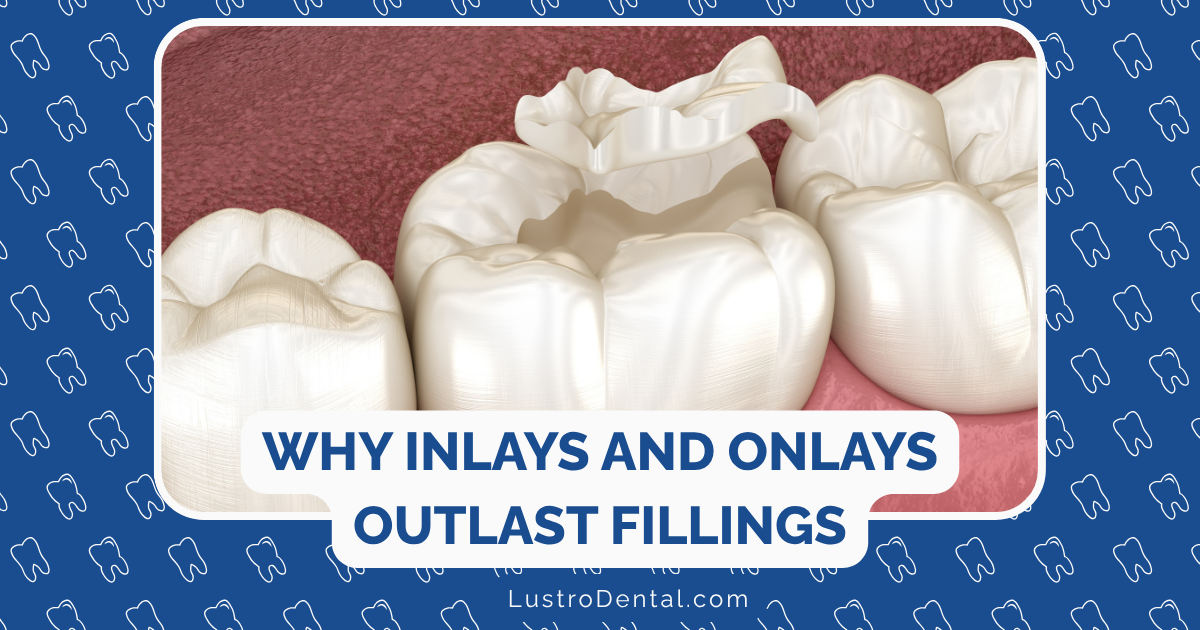Filling Materials in 2025: Which Option Is Best for Your Specific Situation?

When your dentist utters those dreaded words—”You have a cavity”—the next question is often just as important as the diagnosis itself: “What kind of filling should we use?” In 2025, this question has become more complex than ever, with an expanding array of materials offering different benefits for different situations.
Gone are the days when silver amalgam was the default option for most cavities. Today’s dental filling landscape features everything from traditional materials that have stood the test of time to cutting-edge “smart” materials that actively work to heal your teeth.
As someone passionate about preventive dental care, I believe that understanding your filling options is crucial for making informed decisions about your oral health. The right choice depends on numerous factors unique to your situation—from the location and size of your cavity to your budget, aesthetic preferences, and even your overall health profile.
Let’s explore the comprehensive range of filling materials available in 2025, their pros and cons, and most importantly, which option might be best for your specific needs.
Traditional Filling Materials: Still Relevant in 2025?
Despite the emergence of advanced materials, several traditional options remain widely used due to their proven track records and specific advantages.
Amalgam (Silver) Fillings
Composition: A mixture of metals including silver, tin, copper, and mercury
Pros:
- Exceptional durability (10-15+ years)
- Excellent for withstanding strong chewing forces
- Most cost-effective option (average cost: $140-200 per filling)
- Placed in a single visit
- Long history of clinical success
Cons:
- Noticeable silver/gray appearance
- May expand and contract with temperature changes
- Requires more tooth structure removal
- Contains mercury, raising concerns for some patients
- Environmental considerations regarding disposal
Best for: Posterior teeth (molars) where chewing forces are greatest and aesthetics are less important, especially for patients on a budget or those who need a durable solution for large cavities.
Dr. Michael Chen, prosthodontist at University of California San Francisco, notes: “While newer materials get more attention, amalgam remains a reliable, cost-effective option for many patients, particularly for large restorations in areas not visible when smiling.”
Composite Resin Fillings
Composition: A mixture of plastic (acrylic) resin and powdered glass filler
Pros:
- Matches tooth color for natural appearance
- Bonds directly to tooth structure, requiring less drilling
- Versatile—can repair chipped teeth and close small gaps
- Mercury-free
- Moderate lifespan (5-10 years)
Cons:
- Less durable than amalgam or gold
- More technique-sensitive to place properly
- Higher cost than amalgam (average cost: $200-300 per filling)
- May stain over time from coffee, tea, or wine
- Slightly higher rate of secondary decay
Best for: Front teeth and visible areas where aesthetics matter; small to medium-sized cavities; patients concerned about mercury in amalgam.
Gold Fillings
Composition: Gold alloy (usually with copper and other metals)
Pros:
- Exceptional longevity (20+ years)
- Highly biocompatible
- Doesn’t corrode
- Gentle on opposing teeth
- Excellent for withstanding chewing forces
Cons:
- Most expensive option (average cost: $450-650 per filling)
- Requires at least two dental visits
- Noticeable metallic appearance
- May cause galvanic reaction if placed near amalgam fillings
Best for: Patients willing to invest in long-term solutions; posterior teeth with significant damage; those with metal allergies (except gold).
Ceramic/Porcelain Fillings
Composition: Porcelain or other ceramic materials
Pros:
- Excellent aesthetics that match natural tooth color
- Highly resistant to staining
- Durable (10-15 years)
- Biocompatible
- Less abrasive than composite
Cons:
- Expensive (average cost: $900-1,200 per filling)
- Brittle—may fracture under extreme force
- Requires two visits (typically made in a lab)
- Requires more tooth structure removal than composite
Best for: Visible teeth requiring larger restorations; patients prioritizing aesthetics and willing to pay premium prices; those with metal allergies.
Glass Ionomer Fillings
Composition: Acrylic and glass powder that releases fluoride
Pros:
- Releases fluoride, helping prevent further decay
- Bonds directly to tooth structure
- Good option for root surface cavities
- Minimal preparation needed
- Biocompatible
Cons:
- Less durable (5-7 years)
- Not ideal for stress-bearing areas
- Limited color matching
- Higher cost than amalgam (average cost: $150-200 per filling)
Best for: Children’s teeth (especially primary teeth); root surface cavities; areas not subject to heavy chewing forces; patients at high risk for decay.
Advanced Materials: The New Generation of Dental Fillings
The most exciting developments in dental fillings involve materials that do more than just fill a space—they actively interact with your teeth and oral environment.
Bioactive Composite Fillings
Composition: Resin-based materials containing bioactive glass or calcium phosphate compounds
Pros:
- Releases calcium, phosphate, and fluoride ions
- Promotes remineralization of surrounding tooth structure
- Helps neutralize acid and prevent secondary decay
- Tooth-colored appearance
- Moderate durability (7-10 years)
Cons:
- Higher cost than traditional composite (average cost: $250-350 per filling)
- Relatively new, with less long-term clinical data
- Technique-sensitive placement
Best for: Patients at high risk for recurrent decay; deep cavities close to the pulp; those wanting both aesthetics and therapeutic benefits.
A 2024 clinical study published in the Journal of Dental Research found that bioactive fillings reduced the incidence of secondary decay by 38% compared to traditional composites over a five-year period.
Nano-Hybrid Composites
Composition: Resin with nano-sized filler particles (20-75 nanometers)
Pros:
- Superior polishability and aesthetics
- Excellent wear resistance
- Better strength than traditional composites
- Good for both anterior and posterior teeth
- Improved handling properties
Cons:
- Higher cost (average cost: $250-350 per filling)
- Technique-sensitive placement
- May still experience some shrinkage during curing
Best for: Patients seeking a balance of aesthetics and durability; moderate to large cavities in visible areas; those willing to pay more for improved performance.
Self-Healing Smart Materials
Composition: Polymer matrices with embedded microcapsules containing healing agents
Pros:
- Can repair minor cracks and damage automatically
- Extended longevity (potentially 10-15+ years)
- Reduces need for replacement
- Prevents bacterial infiltration at margins
- Available in tooth-colored options
Cons:
- Limited availability (primarily at academic centers and specialized practices)
- Significantly higher cost (average cost: $350-500 per filling)
- Emerging technology with limited long-term data
- May require specialized equipment for placement
Best for: Patients willing to invest in cutting-edge technology; those with a history of filling failures; individuals seeking to minimize future dental work.
Dr. Lisa Johnson, dental materials researcher at Boston University Dental School, explains: “Self-healing materials represent the future of restorative dentistry. While still emerging, these materials show tremendous promise for extending the lifespan of restorations and reducing the cycle of replacement that many patients experience.”
3D-Printed Composite Fillings
Composition: Specialized resins designed for 3D printing
Pros:
- Precisely customized to tooth anatomy
- Excellent marginal fit
- Reduced chairside time
- Consistent quality
- Minimal waste
Cons:
- Requires digital scanning equipment
- Higher initial cost (average cost: $300-400 per filling)
- Limited to practices with 3D printing capability
- Ongoing evolution of materials and techniques
Best for: Complex cavity shapes; patients valuing precision; those seeking reduced chairtime; practices equipped with digital dentistry technology.
Making the Right Choice: Key Considerations
With so many options available, how do you determine which filling material is best for your specific situation? Consider these factors:
1. Location of the Cavity
Front teeth (incisors and canines):
- Prioritize: Aesthetics, natural appearance
- Best options: Composite resin, nano-hybrid composites, ceramic
- Avoid: Amalgam, gold (unless specifically requested)
Premolars (visible when smiling):
- Prioritize: Balance of aesthetics and strength
- Best options: Composite resin, nano-hybrid composites, ceramic
- Consider: Bioactive composites for high-risk patients
Molars (back teeth):
- Prioritize: Durability, resistance to chewing forces
- Best options: Amalgam, gold, nano-hybrid composites, bioactive composites
- Consider: Cost vs. longevity tradeoffs
2. Size and Depth of the Cavity
Small cavities:
- Best options: Composite resin, nano-hybrid composites
- Benefits: Minimal tooth structure removal, good aesthetics
Medium cavities:
- Best options: Composite resin, ceramic, bioactive composites, amalgam (for molars)
- Benefits: Balance of preservation and strength
Large cavities:
- Best options: Amalgam, gold, ceramic inlays/onlays, bioactive composites
- Benefits: Durability and resistance to fracture
Near the gumline:
- Best options: Glass ionomer, bioactive composites
- Benefits: Fluoride release, less sensitivity
3. Your Cavity Risk Profile
High-risk patients (frequent cavities, dry mouth, poor oral hygiene):
- Best options: Bioactive materials, glass ionomer, amalgam
- Benefits: Remineralization potential, fluoride release, durability
Average-risk patients:
- Best options: Composite resin, nano-hybrid composites, ceramic
- Benefits: Balance of aesthetics and function
Low-risk patients (rare cavities, excellent oral hygiene):
- Best options: Any material based on other preferences
- Benefits: More flexibility to prioritize aesthetics or cost
4. Budget Considerations
Budget-conscious options:
- Amalgam ($140-200)
- Glass ionomer ($150-200)
- Traditional composite ($200-300)
Mid-range options:
- Nano-hybrid composites ($250-350)
- Bioactive composites ($250-350)
- 3D-printed composites ($300-400)
Premium options:
- Gold ($450-650)
- Ceramic/porcelain ($900-1,200)
- Self-healing materials ($350-500)
5. Special Considerations
Metal allergies or sensitivities:
- Best options: Composite resin, ceramic, glass ionomer
- Avoid: Amalgam, potentially gold (though reactions are rare)
Pregnant or nursing patients:
- Best options: Composite resin, ceramic, glass ionomer
- Avoid: Amalgam (precautionary principle)
Environmental concerns:
- Best options: Composite resin, ceramic, gold
- Avoid: Amalgam (mercury concerns)
Bruxism (teeth grinding):
- Best options: Gold, amalgam, nano-hybrid composites
- Avoid: Ceramic (risk of fracture), traditional composite (faster wear)
The Future of Dental Fillings: What’s on the Horizon?
Looking beyond 2025, several exciting developments are in the research pipeline:
- Biomimetic materials that more closely mimic natural tooth structure
- Stem cell-incorporated fillings that could potentially regenerate dentin
- Antibacterial fillings with sustained release of antimicrobial agents
- Environmentally responsive materials that adapt to pH changes in the mouth
- AI-designed restorations optimized for specific bite patterns and forces
Dr. Robert Thompson, dental materials scientist at National Institute of Dental and Craniofacial Research, predicts: “Within the next decade, we’ll likely see fillings that not only restore teeth but actively participate in maintaining oral health through controlled release of therapeutic agents and real-time monitoring capabilities.”
Making Your Decision: A Collaborative Approach
The ideal filling material for your situation should be determined through a thoughtful discussion with your dentist, considering:
- Your dentist’s assessment of the cavity’s characteristics
- Your personal preferences for aesthetics, longevity, and cost
- Your overall oral health and cavity risk
- Insurance coverage and financial considerations
- Your dentist’s experience and comfort with various materials
Remember that different materials may be appropriate for different teeth in your mouth. Many patients opt for composite or ceramic for visible teeth and more durable options like amalgam for back teeth.
The Bottom Line
The best dental filling material in 2025 isn’t a one-size-fits-all solution—it’s the one that best addresses your specific needs, preferences, and oral health situation. By understanding the full spectrum of options available and having an informed conversation with your dentist, you can make choices that support both the immediate restoration of your tooth and your long-term oral health.
Whether you prioritize longevity, aesthetics, bioactivity, or cost, today’s dental filling materials offer more possibilities than ever before to create a restoration that feels right for you. After all, the best filling is one that you can forget is even there—allowing you to smile, eat, and live confidently for years to come.
Have you had experience with different types of dental fillings? Which factors are most important to you when choosing a filling material? Share your thoughts and questions in the comments below!







